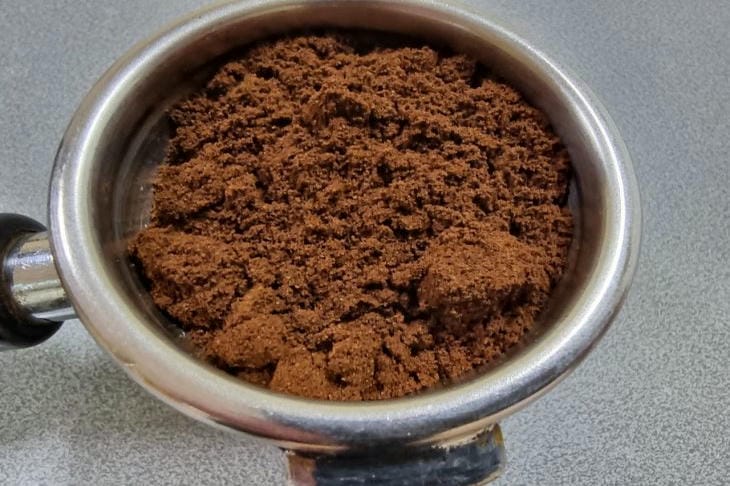How to Use Coffee Grounds as Fertilizer: A Green Recipe for a Lush Garden
Coffee grounds are a real treasure for gardeners
This byproduct of the morning ritual of millions of people contains valuable nutrients that can transform an ordinary garden into a blooming oasis.
Proper use of coffee grounds can be the key to healthy plants.
Benefits of Coffee Grounds for Plants
Coffee grounds are rich in nitrogen, phosphorus and potassium - the main elements necessary for plant growth. Nitrogen promotes foliage development, phosphorus strengthens the root system, and potassium helps plants resist diseases and pests.
In addition, coffee grounds contain magnesium, calcium and other microelements important for the healthy development of plants.

Preparing coffee grounds
Coffee grounds need to be prepared before use. Fresh coffee grounds are too acidic for most plants, so they need to be dried.
Spread the grounds in a thin layer on a tray and leave for a few days in a dry, well-ventilated place. Once dry, the grounds are ready to use as fertilizer.
Application in compost
One of the most effective ways to use coffee grounds is to add them to your compost. Coffee grounds are rich in nitrogen and are a great "green" component of compost.
Add the grounds in layers, alternating with "brown" materials such as dry leaves or shredded paper. This will speed up the composting process and enrich the finished compost with nutrients.
Mulching the soil
Coffee grounds are great for mulching. Spread a thin layer of dry grounds around your plants, avoiding direct contact with the stems.
This mulch will not only enrich the soil with nutrients, but will also help retain moisture, suppress weed growth and improve soil structure.
Coffee grounds are especially effective as a mulch for acid-loving plants such as azaleas, rhododendrons and blueberries.
Liquid fertilizer
You can make a nutritious "tea" for plants from coffee grounds. Soak 1/2 cup of dry grounds in 4-5 liters of water for 24 hours.
Strain the resulting infusion and use it to water plants once every two weeks. This liquid fertilizer is especially useful for indoor plants and seedlings.
Pest control
Coffee grounds can act as a natural repellent for some pests. Sprinkle the dry grounds around plants that are plagued by slugs and snails.
The caffeine and abrasive texture of the grounds repel these pests. In addition, the smell of coffee can repel ants and some other insects.
Improving soil structure
Regularly adding coffee grounds to the soil improves its structure. The organic particles of the grounds help clay soils become looser and improve drainage, and sandy soils retain moisture and nutrients better. This creates ideal conditions for the development of the root system of plants.
Feeding worms
If you are vermicomposting, coffee grounds can be a great treat for your worms. Add small amounts to your vermicomposter regularly.
The worms will happily process the grounds, enriching the compost with important nutrients.
